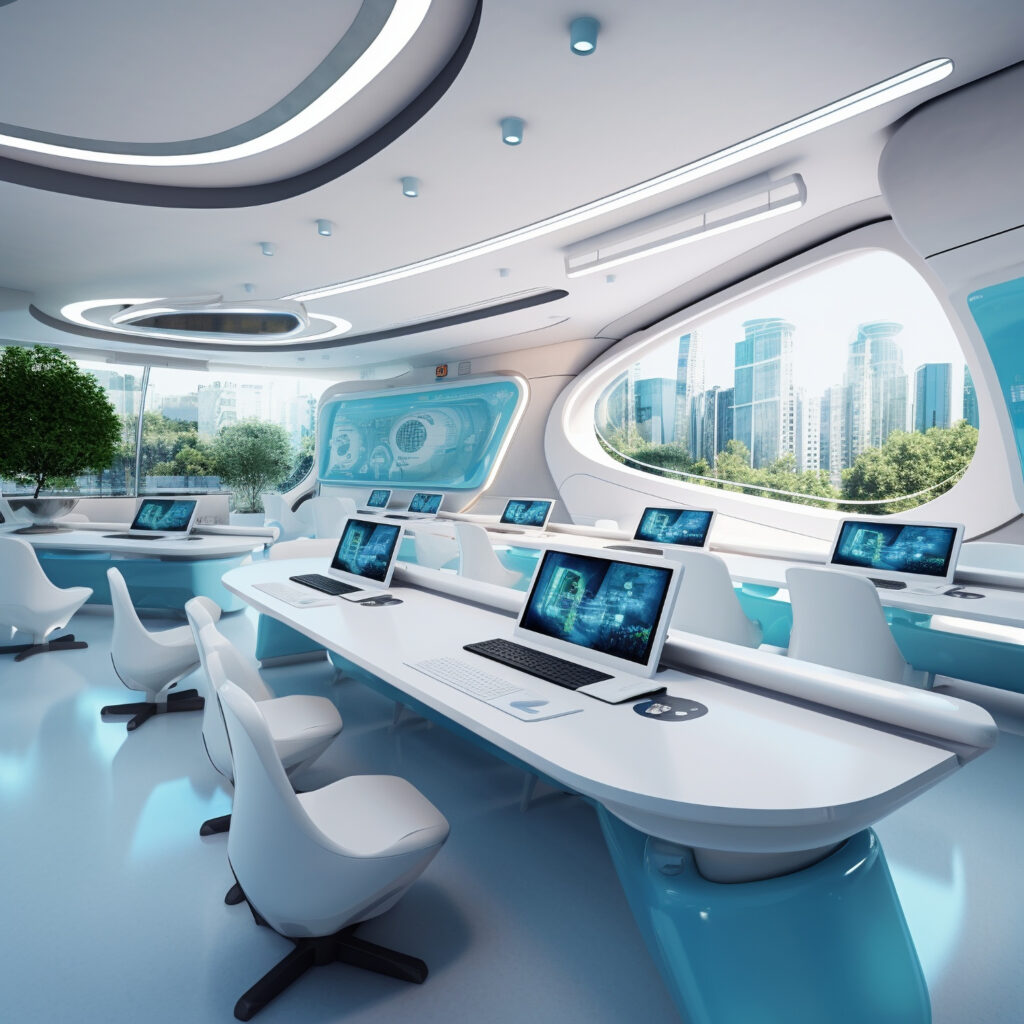In today’s fast-paced world, creating a modern workspace is more crucial than ever. With the rise of smart office technology, businesses are redefining how they operate, enhancing productivity, and fostering collaboration. This article will explore the various facets of , its benefits, and how to integrate it into your workspace.
Understanding Smart Office Technology
Smart office technology refers to the integration of various digital tools and systems designed to enhance the efficiency and effectiveness of the workplace. These technologies enable seamless communication, improve resource management, and enhance employee satisfaction. The evolution of office technology has transformed traditional workspaces into smart environments, where employees can collaborate effortlessly and access information instantaneously.
Key Components of Smart Office Technology
- Internet of Things (IoT)
The Internet of Things (IoT) connects devices, allowing them to communicate and share data. In a smart office, IoT devices can include smart lighting, thermostats, and security systems. This connectivity helps in monitoring usage patterns and optimizing energy consumption. - Collaboration Tools
Collaboration tools such as Slack, Microsoft Teams, and Zoom facilitate communication among team members, regardless of their location. These tools support video conferencing, file sharing, and instant messaging, enhancing teamwork and collaboration. - Smart Furniture
Smart furniture includes adjustable desks, ergonomic chairs, and integrated technology, designed to enhance comfort and productivity. These pieces often feature built-in charging stations, USB ports, and sensors that monitor workspace usage. - Automated Meeting Rooms
Automated meeting rooms equipped with smart technology allow for seamless transitions between meetings. Features like automated scheduling, smart screens, and remote access simplify the process of setting up and conducting meetings.

Benefits of Smart Office Technology
Integrating into your workspace offers numerous benefits that can significantly impact your organization’s success.
Enhanced Productivity
Streamlines processes, reducing time wasted on manual tasks. Automation of routine activities, such as scheduling and resource management, allows employees to focus on more critical aspects of their work, thereby enhancing productivity.
Improved Collaboration
With collaboration tools and smart meeting spaces, teams can communicate and collaborate more effectively. Whether employees are working remotely or in the office, smart technology enables real-time communication, fostering a culture of collaboration.
Cost Savings
While the initial investment in may be significant, the long-term savings can be substantial. Smart energy management systems can lower utility costs, while automated processes can reduce labor costs associated with administrative tasks.
Increased Employee Satisfaction
Smart office technology creates a more comfortable and flexible work environment, leading to increased employee satisfaction. Features such as adjustable desks and personalized workstations allow employees to tailor their workspace to their preferences.
Implementing Smart Office Technology
Implementing smart office technology requires careful planning and consideration. Here are some steps to guide you through the process.
Assess Your Current Workspace
Before integrating smart technology, evaluate your current workspace and identify areas that require improvement. Consider employee feedback, technology usage, and any challenges faced in the existing setup.
Define Your Objectives
Establish clear objectives for what you want to achieve with . Whether it’s enhancing productivity, improving collaboration, or reducing costs, having defined goals will help guide your decisions.
Research Available Solutions
Explore various smart office solutions that align with your objectives. Compare different technologies, features, and pricing to find the best fit for your organization. Engage with vendors and attend industry conferences to gain insights into emerging technologies.
Create a Budget
Develop a budget that accounts for the initial investment and ongoing maintenance costs. Consider factors such as installation, training, and potential upgrades in the future.
Train Your Employees
Once you’ve implemented, provide training to your employees. Ensure they are comfortable using the new tools and understand how to leverage them to improve their work processes.
Future Trends in Smart Office Technology
As technology continues to evolve, so will smart office solutions. Here are some emerging trends to watch for in the future.
Artificial Intelligence Integration
The integration of artificial intelligence (AI) in will enhance decision-making processes. AI can analyze data patterns, predict resource needs, and automate administrative tasks, further streamlining operations.
Sustainability Focus
With an increasing emphasis on sustainability, will prioritize eco-friendly solutions. This includes energy-efficient devices, waste reduction systems, and sustainable materials for office furniture.
Flexible Work Environments
The trend toward remote and hybrid work will shape the future of smart office technology. Workspaces will need to adapt to provide flexibility and support for diverse working styles, including co-working spaces and remote work capabilities.
You can also read : Latest Drone Technology: What You Need to Know
Conclusion
Building a modern workspace through is essential for organizations aiming to enhance productivity, collaboration, and employee satisfaction. By understanding the key components, benefits, and implementation strategies, businesses can create an efficient and effective work environment. As technology continues to evolve, staying informed about trends will ensure your workspace remains competitive and conducive to success. Embrace the future of work by investing in smart office technology and building a workspace that meets the needs of today and tomorrow.


